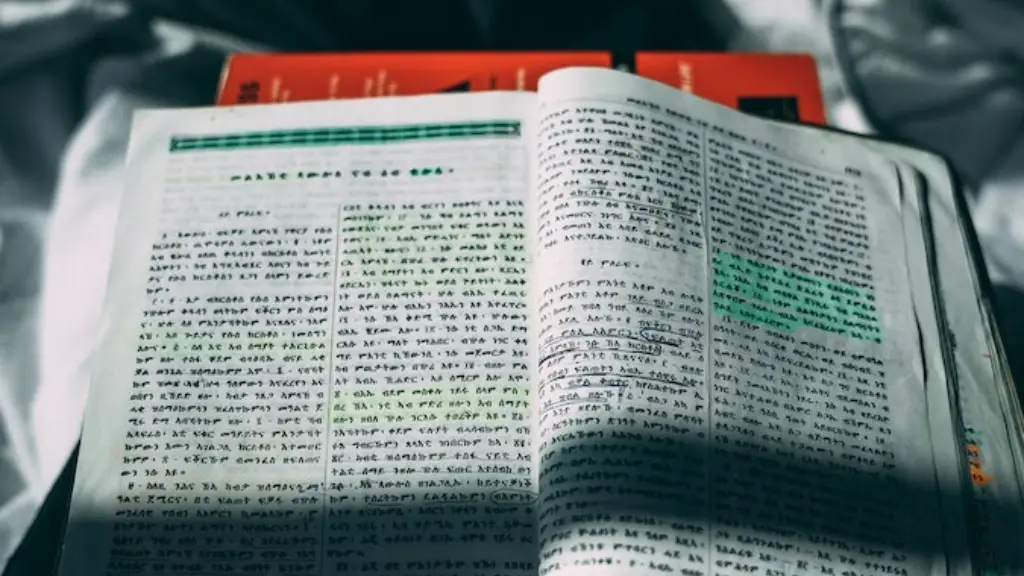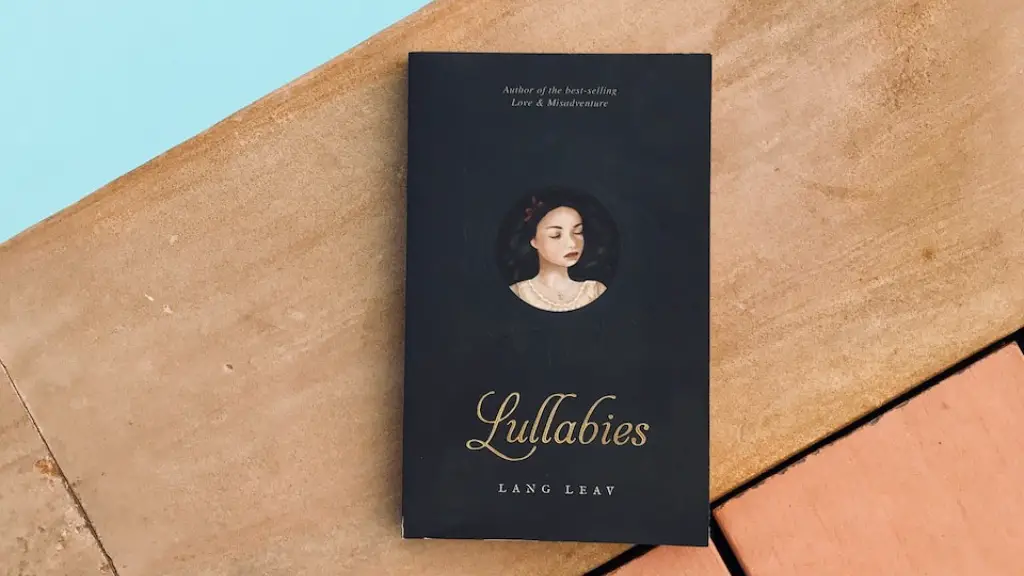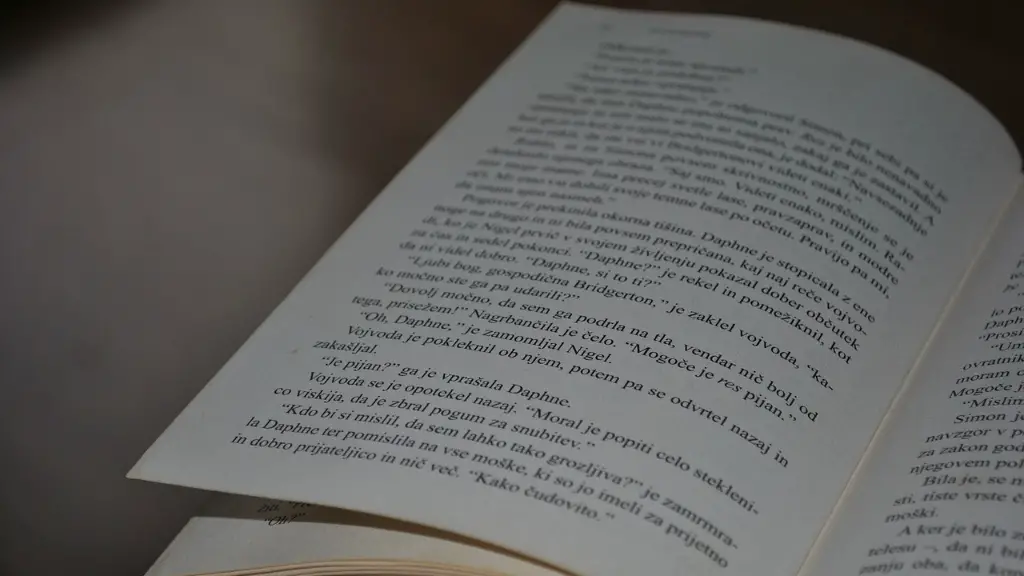Emily Dickinson is one of the most important American poets of the 19th century. Her work is characterized by its sharply observed portraits of everyday life, its profound meditations on death and immortality, and its experimental use of language. Dickinson was a master of poetic form, and her elliptical style—which often relies on slant rhyme, unorthodox punctuation, and unconventional capitalization—adds to the intensity of her works.
Emily Dickinson is an important poet because she captured the experience of life and death in her poetry. Her poetry is unique and unlike any other poetry of her time. She is able to convey the complex emotions that come with life and death.
How did Emily Dickinson impact the world?
Dickinson’s poems are known for their unconventional style. She often uses original wordplay, unexpected rhymes, and abrupt line breaks. This bending of literary conventions demonstrates a deep and respectful understanding of formal poetic structure. Even though she seems to defy its restrictions, Dickinson’s poems have had a remarkable influence in American literature.
Emily Dickinson’s writing style is most certainly unique. She used extensive dashes, dots, and unconventional capitalization, in addition to vivid imagery and idiosyncratic vocabulary. Instead of using pentameter, she was more inclined to use trimester, tetrameter, and even dimeter at times. This made her writing style very difficult to imitate, and helped her to stand out from other writers of her time.
What is the purpose of Emily Dickinson poems
Emily Dickinson was a highly observant person, and she drew on her observations of the world around her to explore universal themes in her writing. She was particularly interested in nature, religion, law, music, commerce, medicine, fashion, and domestic life, and she used her keen powers of observation to shed light on these topics. In doing so, she helped to create a body of work that is both highly personal and deeply universal in its appeal.
Emily Dickinson’s poetic achievement has deemed her America’s best-known female poet and a legend in American Literature. Her poetry style was revolutionary. She shunned the use of traditional meter form. Instead she adapted her poems to the meter used in English Hymns and experimented with new forms of rhyme. Her poems were often about death and love, and her unique style has inspired many poets since her time.
What is Emily Dickinson’s legacy?
Dickinson’s poetic legacy is an amazing story of a woman who went from being an unknown poet to an internationally-famous one. It is a story of emotional intensity, differing loyalties, and personal sacrifice.
Emily Dickinson was one of the most important American poets of the 19th century. She was born in Amherst, Massachusetts, in 1830, and died in 1886. During her lifetime, only ten of her poems were published. The Dickinson family were devout Calvinists, and Emily was raised in that tradition. However, she later rejected orthodox Christianity and developed her own unique spirituality. Botany was a passion in her early years, and she later became interested in philosophy and psychology. She was incredibly reclusive, and only a few close friends and family members knew of her literary talents. Several mysterious love affairs may have taken place during her lifetime, but the details are not known.
Who did Emily Dickinson inspire?
Emily Dickinson has been an inspiration to writers for over a century. Her work is widely read and studied, and her influence can be seen in the work of many modern writers. Anne Sexton, Sylvia Plath, and Colleen Hoover are all writers who have been inspired by Dickinson’s work.
Emily Dickinson is considered one of the most important American poets of the 19th century. Her work is characterized by its use of slant rhyme, unconventional punctuation, and often cryptic and mysterious language. Dickinson was a reclusive figure, and very little is known about her personal life. She came from a prominent family in Amherst, Massachusetts, and her work was posthumously published by her family and friends.
What are the most significant features of Emily Dickinson’s poems
Emily Dickinson was an unconventional poet who often explored themes that were considered taboo at the time. Her poetry is characterized by its shortness, conciseness, and lack of titles. She was also an individualist and a transcendentalist, eschewing the societal norms of her time in favor of her own inner truth. Dickinson was also known for her unbiased opinions and her mystical, spiritual approach to life.
Emily Dickinson was a prolific American poet who wrote over 1,800 poems during her lifetime. While she was not widely published during her lifetime, her poetry has since gained critical acclaim and she is now considered one of the most important American poets.
This guide provides an overview of some of the best Emily Dickinson poems, including “Success is Counted Sweetest,” “Hope is the Thing with Feathers,” and “I Felt a Funeral in My Brain.”
How did Emily Dickinson life influence her poetry?
Dickinson’s life was full of relationships that impacted the way she wrote her poems. Death, love, and friendship were all themes that weredictated by the people in her life. The people she was closest to, such as her family and friends, had the biggest influence on her writing.
Dickinson is now known as one of the most important American poets, and her poetry is widely read among people of all ages and interests. Emily Elizabeth Dickinson was born in Amherst, Massachusetts, on December 10, 1830 to Edward and Emily (Norcross) Dickinson. Dickinson’s grandfather Samuel Fowler Dickinson was the founding father of Amherst College. Emily attended the Amherst Academy for seven years, until she withdrew in 1848. She spent the next few years living a mostly introverted lifestyle at her family’s home. In 1850, Dickinson made her first and only known visit outside of Amherst when she accompanied family friends to Washington, D. C.
Dickinson’s father passed away in 1874, which caused her to become more reclusive. Around this time, she started to wear only white clothes and stopped greeting visitors. It is speculated that Dickinson may have had a romantic relationship with a man named Judge Otis Phillips Lord, which ended suddenly and tragically. Dickinson’s true love affair, however, was with words, and she spent her days writing poetry. It is estimated that she wrote over 1700 poems, though only a handful were published during her lifetime.
In 1855, Dickinson’s close friend and mentor,
What makes Emily Dickinson one of America’s greatest poets
Regarded as one of America’s greatest poets, Emily Dickinson is also well known for her unusual life of self imposed social seclusion. Living a life of simplicity and seclusion, she yet wrote poetry of great power; questioning the nature of immortality and death, with at times an almost romantic quality. Emily Dickinson’s life has always been a source of great curiosity and speculation, and her poems only add to the mystery.
1 Hope is the thing with feathers that perches in the soul – and sings the tunes without the words – and never stops at all.
This is a beautiful poem about hope by Emily Dickinson. Hope is something that is always with us,lift us up, and never disappears. It’s the little voice inside us that keeps singing even when the world is dark and we feel alone. Hope is what gives us the strength to go on when everything is against us. It’s what makes us believe that tomorrow will be better. Hope is a precious thing, and we should never give up on it.
What does Emily Dickinson suffer from?
It is believed that Emily Dickinson may have actually suffered from severe primary hypertension, which could have led to heart failure or a brain hemorrhage, as opposed to Bright’s disease, as her death certificate states. This is based on research into her symptoms and medication.
Death was a constant presence in Emily Dickinson’s life, both personally and figuratively. The high mortality rate for young people in her time meant that death scenes were frequently played out in homes, contributing to her preoccupation with death. This, in turn, led to her withdrawal from the world, her anguish over her lack of romantic love, and her doubts.
What literary elements did Emily Dickinson use
Dickinson’s poetry often features ambiguous subjects, and her use of imagery, enjambment, and dashes only serve to increase the uncertainty surrounding her meaning. By utilising these devices, Dickinson is able to create a greater sense of ambiguity and mystery in her poetry.
What are some tips for reading Emily Dickinson’s poetry?
1. Stay open to linguistic surprise. Dickinson’s poetry often uses unconventional language, so be prepared for some surprises.
2. Read the poem again. Once you’ve read it through once, read it again more slowly and pay attention to the details.
3. Review the major characteristics of Dickinson’s poetry. What are the recurring themes and motifs? What is her style like?
4. Set aside the expectation that a poem has to “mean” one thing. Dickinson’s poetry is often open to interpretation, so don’t be discouraged if you don’t immediately understand what it means.
5. Try “filling in the blanks.” Sometimes Dickinson’s syntax is problematic—the poems are so compressed! If you get stuck, try reading the poem aloud or reading it in a different translation.
6. Don’t be afraid to ask for help. If you’re having trouble understanding Dickinson’s poetry, don’t hesitate to ask a friend or seek out a critical analysis.
Conclusion
Emily Dickinson is important because she was one of the most original poets of her time. She didn’t follow the rules of grammar or punctuation, and her poems were often about death and love. Her work was not widely known during her lifetime, but after her death, her poems were published and she became one of the most popular poets in America.
Emily Dickinson is an important poet because of her unique style and her willingness to experiment with language. She is also important because she provides a different perspective on the world and on the human experience.





